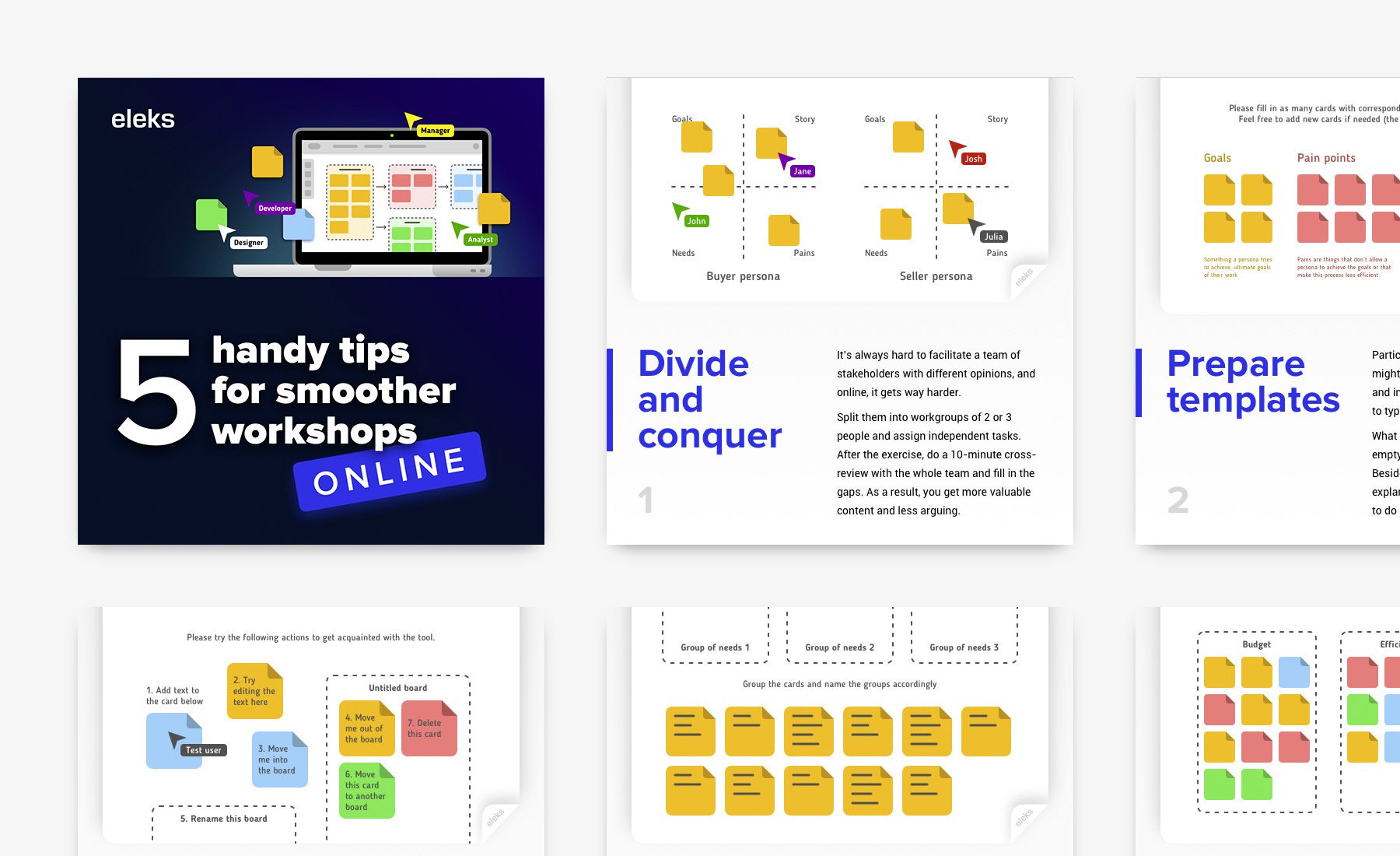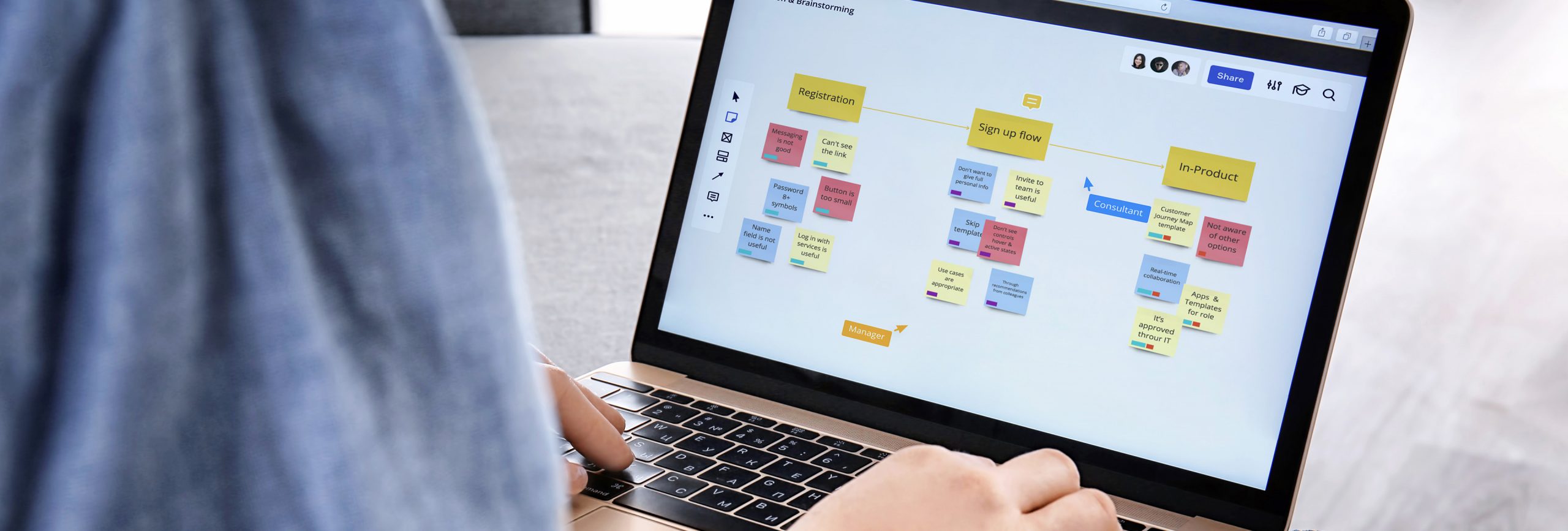
This article examines five common pain points for business teams and how they can solve them through remote workshopping — with a few success stories from our designers.
1. Aligning multinational teams
Problem: You have a globally distributed team that’s tricky to gather together when you need “collective genius”
Ad hoc user research and discussions about emerging trends are a key part of building something new — be it an application, a site, a process or a new service. But this simple task becomes a significant hurdle for fragmented teams, where the Head of Product might be in the USA, the developer team in Germany and the Marketing Manager in China. Physical meetings between these key players may only happen once or twice a year, for a one-week offline sprint, and under the less than optimal condition of jet lag.
Solution: Hosting regular alignment workshops online using collaboration tools
Offline workshops possess something that’s impossible to recreate online — the warmth of a chat over coffee, scribbling down ideas on colorful post-it notes and flip charts and, of course, the primal feeling of creating something with your hands. At the same time, bringing people together from different locations for a week poses its own problems. And if the activity you have planned ends up taking less than a week, all that effort and expense on travel and accommodation hardly seems worth it.
Fortunately, there are a plethora of online collaboration tools nowadays, such as Miro, Mural, Whimsical, etc. Not only do these include a suit of templates that allow you to wrap your online workshop with near-ready deliverables, they also eliminate the pitfall of illegible handwriting.
Next, there’s the issue with time zones. Say, the China-based Marketing Manager and the US Head of Product want to arrange an online meeting, it’ll involve a very late night or very early morning for both parties — neither ideal. While there’s no getting around the time difference, holding a workshop online tends to offer more convenience. Colleagues can log into the collaboration workspace from the comfort of their own homes, keeping their cameras switched off to save the embarrassment of tired faces!
ELEKS’ Design Manager, Slava Shestopalov, says, “holding regular workshops online is inevitable and fundamental for our team, which is distributed between locations like Berlin, Singapore, Warsaw, Krakow and Washington”.
Slava is currently acting as design consultant to one of the world’s leading legal firms. Last month, his team developed a scalable rapid prototyping process — to consolidate innovation and design best practices among lawyers, and to discover new business opportunities. Since switching to hosting online design workshops, Slava has had to get creative with his team’s methods of working but, so far, it’s proven even more efficient than offline collaboration. Storyboarding, for example, has become less biased, with each participant able to have their say and explore their own creativity without being influenced by each other’s sketches before team review.
2. Consolidating team wisdom
Problem: Project teams lack a clear picture of each participant’s experience and expertise
When a new product or service requires rapid scale-up, new team members join the project, bringing with them their own unique experiences. What inevitably happens is a misalignment in perception — what we often refer to as individuals “living inside their own heads”. Each team member ends up guessing at what their colleagues know or think, instead of observing or asking directly. This leads to team conflicts, as well as overlapping work streams or duplicating workload because tasks have been completed incorrectly, based on whims or assumptions.
Healthy collaboration should involve gathering individuals in one workspace to openly “unpack” everything, thereby discovering everyone’s similarities, differences and unique contribution potential.
Solution: Host an “idea smash” via an online workshop
A solid solution is the result of incorporating the strategic intents of a business with its end-users’ needs — and communication is the key to achieving this harmony. But what happens when the team can’t meet in person because, for example, they’re in quarantine with no possibility to travel? Businesses shouldn’t have to compromise simply because there’s no physical office space to work from for a period of time. That’s why moving workshopping to an online format is so valuable to the collaborative process. Never more so than in the current global pandemic.

“Having a world-spread business requires well-managed alignment between all key stakeholders, decision-makers, domain experts and development team members”, Uliana Bashchuk and Anastasiia Davydiuk, Senior Experience Designers at ELEKS, explain. They’ve recently moved their workshop experience online to facilitate a project for an aerospace technology company, Pace.
Uliana and Anastasiia collaborated with the client’s team to deliver an immersive platform. They created and conducted five online workshops that helped to assess the current state of the solution, in order to gain a common understanding of the audience — particularly its key pain points, needs and frustrations. One of the most valuable outcomes for the team was crystallizing a vision of how the product could be integrated into users’ learning routines.
Equipped with simple conferencing tools like MS Teams and Zoom, and the collaboration workspace in Miro, Uliana and Anastasiia managed to involve everyone in the creation of user personas and the building of a customer journey map. As a result, the design of the application and complex admin panel took a mere two months, and was development-ready without the need for any substantial changes.
3. Securing management input
Problem: Executives can’t afford to spend more than 2-3 hours on collaborative activities
Key services and products have a profound impact on the company’s KPIs and, therefore, need to take into account the business’s strategic goals and vision. However, top managers simply don’t have time to devote days or weeks to solution creation — though their contribution is no less significant.
Offline workshops tend to deal with content creation on the fly. That’s to say, participants write their ideas on post-it notes and stick them to a whiteboard or wall. A workshop like this can take days and, typically, the approach is to collaborate without executives and invite them in at the end — to listen to the summary and share their feedback. The risk here is that they might not agree with the workshop findings, since they haven’t seen how the team has arrived at its conclusions.
Solution: Condensed online workshop sessions, with all content prepared in advance
A useful approach to dealing with key stakeholders’ limited time is to focus their involvement on the co-creation and co-design of the major outcomes — preparing the input for all activities beforehand. But what does that actually mean in practice? When it comes to feature prioritisation or, let’s say, composing a journey map, it means that a workshop facilitator pre-creates the digital cards and boards with feature names, user steps, key actions, potential pain points, etc. Needless to say, this material should be based on previous research, not just made up. Then, the only thing key stakeholders have to do is to organise things based on the business strategy, and set priorities to meet the company’s key KPIs.
Recently, Slava Shestopalov, ELEKS Design Manager, had the opportunity to use this method for aligning the managers of three in-house innovation teams, operating within a company of 18,000 individuals. Here’s Slava’s take on it:
“The online workshop itself took three hours, during which participants managed to map the main user needs and attach their offerings to the corresponding need clusters. However, in order to squeeze this into just three hours, we spent the week beforehand preparing the cards. Instead of starting the work from scratch, we used pre-created blocks, cards and boards. Each participant had their own “corner” within the digital workspace, Whimsical. So individuals knew which pieces of content they needed to generate and which pieces of information they had to analyse and connect”.
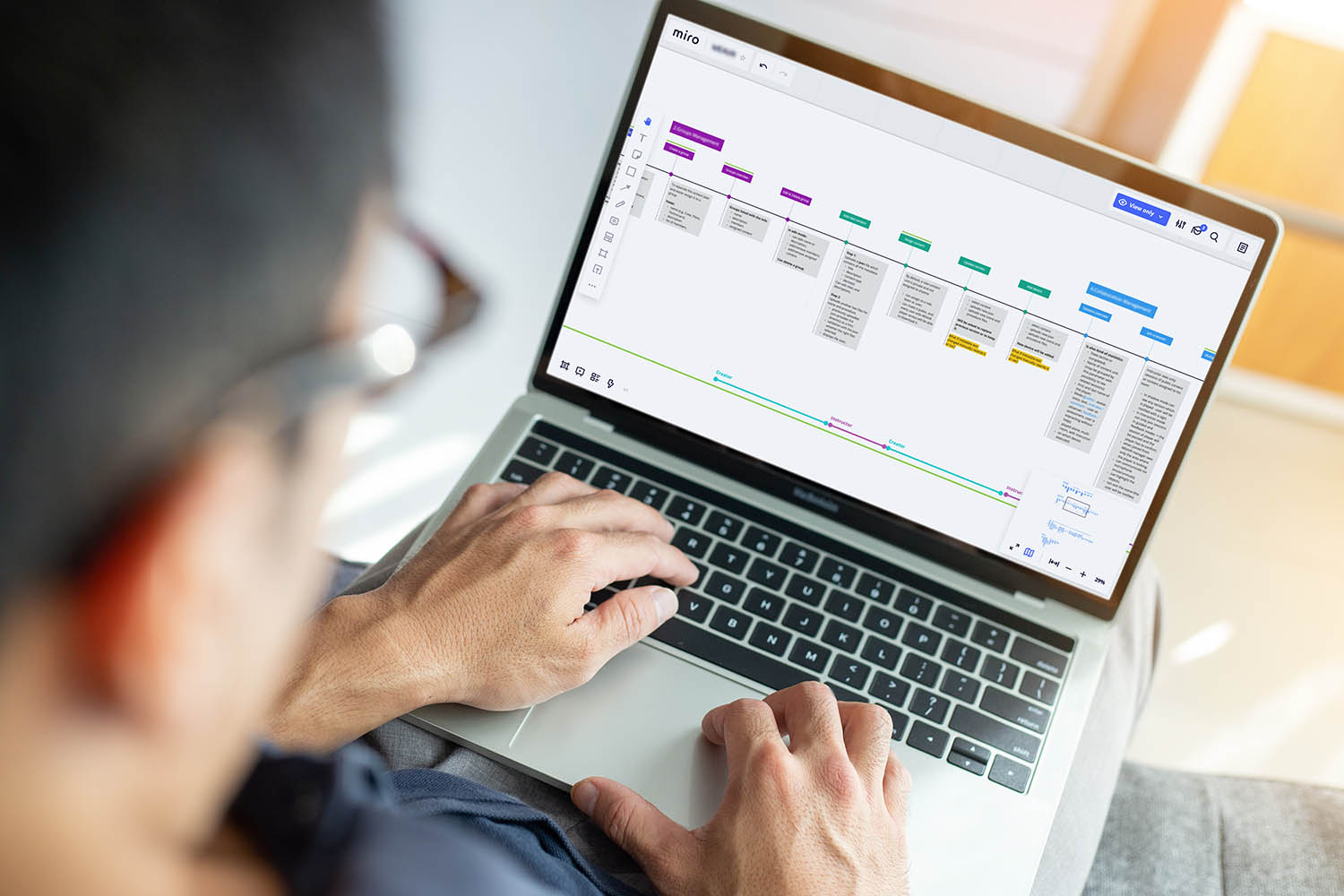
4. Discussions are long and fruitless
Problem: Talks take time and may not produce tangible outcomes
The problem with discussions is that everyone around the conference table has experience and ideas, but only one person (or perhaps two) can express them at any given time. The result is that, for each group of ten stakeholders, there’s only time for four 15-minute monologues in any one-hour Skype call. This, of course, isn’t enough time to align all key participants. And even when powerful stakeholders have a chance to express their strategic vision, there might be some residual tension between tactical leaders, where a thought hasn’t been voiced.
Solution: Work online simultaneously, then cross-review and merge findings
Where the main point of a discussion is talking or listening, online workshops allow for the creation of multiple outcomes simultaneously, which the team can easily review at the end. A 20-minute exercise, “Crazy 8s”*, for example, asks a team of five experts to produce 40 sketches of useful features. In a meeting format, teams can discuss a couple of ideas within the same time slot.
*Crazy 8s is part of the trending Google Design Sprint methodology and helps identify similarities in participants’ ways of thinking. Often, product teams have no idea that they’re on exactly the same wavelength. To rephrase a well-known saying, online workshops allow you to “steal as a businessman” — to enrich your own vision with the ideas of your teammates.
Last year, Uliana Bashchuk, Senior Experience Designer at ELEKS, successfully switched physical meetings — something of a “ritual” at our client’s company (one of the largest manufacturing firms in the world) — for online workshops. Uliana’s task was to design a plugin consistent with the client’s existing software, and capable of generating executable digital twins for the hardware produced in-house. The idea of a digital twin is to simulate the work of a physical mechanism and enable forecasting for how it will behave in the future.
A two-day discovery resulted in a wealth of information essential not only to design, but to the development phase of the plugin. Uliana’s team learned who the solution needed to be created for; what the peculiarities of its users’ work are; which parameters are relevant for the calculation algorithm; and how to define the success of the experiments. And, the icing on the cake — Uliana’s clickable prototype of the digital twin configurator was well-received by the team, because they knew how each idea had been created and had contributed their knowledge in the workshop to make it happen.
Grab our handy guide to make your online design workshops smooth and efficient.
5. Designing for globally-diverse users
Problem: It’s hard to form a coherent user voice for a globally distributed product/service
If you’re creating a web app for commuters within your city, it’s fairly straightforward to find users for interviews and testing, and to involve other stakeholders like local authorities and transport infrastructure firms. But if you’re developing a global solution used by millions of people, reaching out to them becomes near impossible in an offline format.
Solution: Reach users remotely through a series of one-on-one usability testing sessions
In the corporate world, testing with users can be easily “digitized”, meaning that there’s no need for a researcher to physically be there. Unless the audience’s working environment is “exotic” — say, underwater welding or operating a drilling rig — the results of remote usability testing on a laptop or a PC will be pretty representative and accurate.
Olena Mavrina, ELEKS Experience Designer, recently finished her eighth round of remote usability testing for a redesigned learning content management system. She says, “our users are working for the world’s leading telecommunications firms, computer hardware developers, aerospace and other companies. They each have their own peculiarities where interface perception is concerned; unique experiences, corporate standards and established work habits, etc. For that reason, it’s not possible to gather all the diverse user types in one physical location”.
A round of remote testing for one usage scenario takes one hour of each user’s time, and generally involves five users. This is an industry-standard that allows us to check hypotheses about the new design before beginning implementation — namely, whether users can easily find the features they need, and whether they understand the specific functionality. Olena arranges one-on-one calls with participants, asks them to share their screen and performs a set of logically connected tasks with an interactive high-fidelity prototype.
Unlike inviting a tester to the office to run the tests in sterile lab conditions, an online format allows people to be in their typical working environment — with their usual computer, browser settings, level of noise and light, etc.
After the testing session, the team collects video recordings as backup material. These can be produced via the embedded functionality in MS Teams or Skype, or specialised software like Silverback or QuickTime. In addition to videos, the designers usually prepare textual reports with an executive summary on what should be improved before the mockups can be sent to developers. On Olena’s project, had there been no prior user testing, a dozen non-intuitive decisions might have been implemented at a time and financial cost.
Summary
To put this into current context, with entire businesses forced to work remotely, online design workshops allow organisations the opportunity to validate their product and technological visions – perhaps even more efficiently and certainly at a lower cost.
A design workshop is aimed at unifying a company, thereby creating a single “big picture” of the key business needs, in order to resolve uncertainties and find the best way to address a problem using technology. You don’t have to tackle a problem for the entire company at once. You can start by solving the issue for one unit or location, then quickly and easily scale your chosen solution to the rest of the business. An online product design workshop is the tool that allows you to do just that.
Let us help you make the most of remote working. Find out more about ELEKS online design workshops.
Related Insights
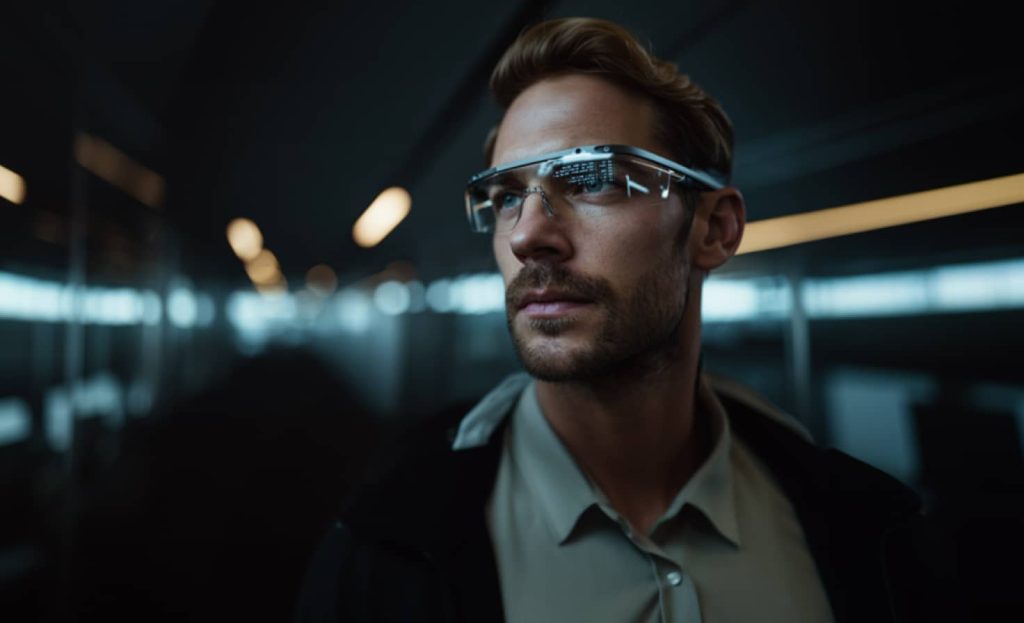

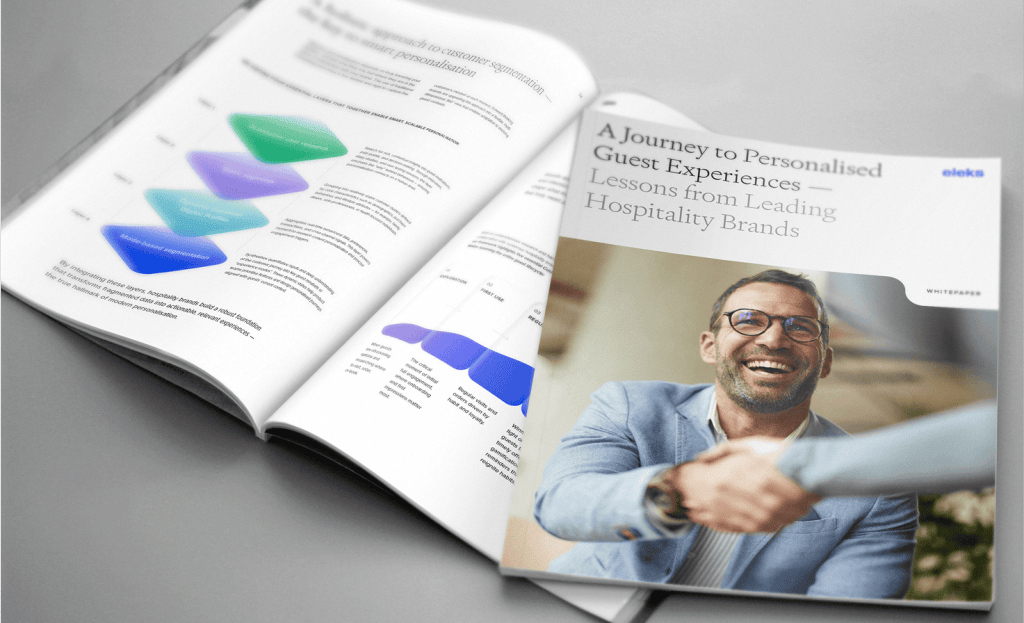




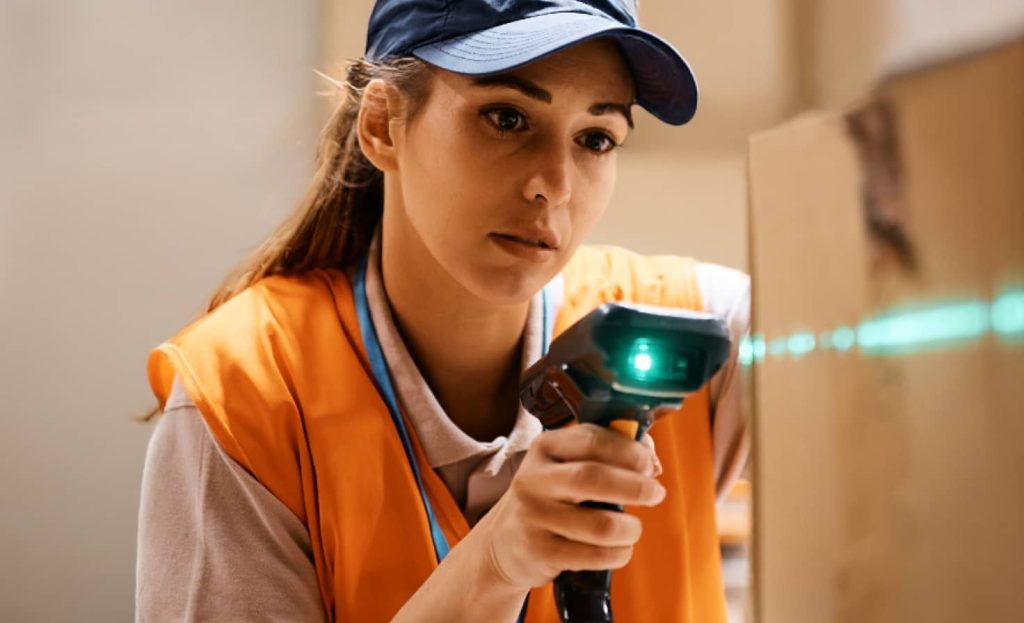
The breadth of knowledge and understanding that ELEKS has within its walls allows us to leverage that expertise to make superior deliverables for our customers. When you work with ELEKS, you are working with the top 1% of the aptitude and engineering excellence of the whole country.

Right from the start, we really liked ELEKS’ commitment and engagement. They came to us with their best people to try to understand our context, our business idea, and developed the first prototype with us. They were very professional and very customer oriented. I think, without ELEKS it probably would not have been possible to have such a successful product in such a short period of time.

ELEKS has been involved in the development of a number of our consumer-facing websites and mobile applications that allow our customers to easily track their shipments, get the information they need as well as stay in touch with us. We’ve appreciated the level of ELEKS’ expertise, responsiveness and attention to details.

